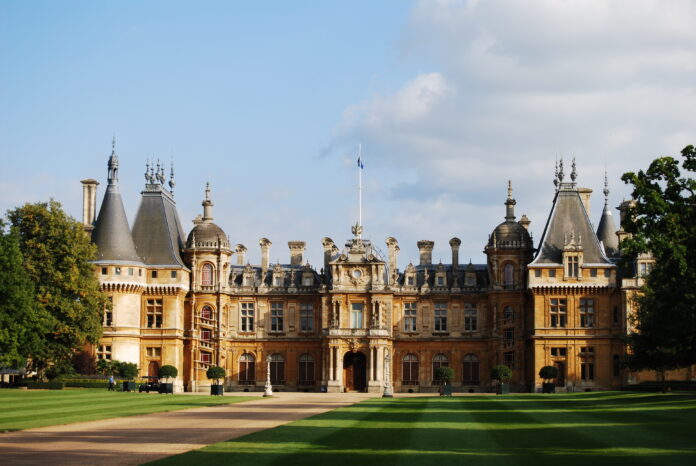The name “Rothschild” has been synonymous with wealth and power for almost 300 years. It has also been associated with wild conspiracies, usually concocted by anti-Semites convinced that the family, who at its zenith was the wealthiest in recorded history, used their money to shape world events. Even today, the epithet “Rothschild” (read: “Jews”) is tossed about as the culprit behind everything from hurricanes to global pandemics.
In the eyes of many Jews, the Rothschilds were also condemned as a family that abandoned the religion of their pious Frankfurt ancestors at the first flush of success. That wasn’t, however, always true. Mike Rothschild (no relation), author of Jewish Space Lasers: The Rothschilds and 200 Years of Conspiracy Theories, noted that the family stayed remarkably true to their heritage until recent decades. “One of the things that really distinguished the Rothschilds, and I think what made them such a target, is that they didn’t convert and didn’t change their names,” Rothschild told Ami. “They didn’t assimilate the way a lot of other German Jewish banking families did.” That is no longer the case, as there has been quite a lot of intermarriage in the last few generations. “But really,” he added, “for the first couple of generations of the family, Rothschild cousins married each other.”
Marrying within the family ensured that their vast wealth stayed within the fold. To that end, they established the world’s first multinational investment house, which kept their fortune away from greedy kings and safe from regional economic downturns. Their business innovations also laid the seeds for what would become a vast library of conspiracies related to their fortune.
“Red Shield”
It all began with Mayer Amschel [Moshe Mayer] Rothschild, the patriarch of the family, founder of the Rothschild banking dynasty and father of international finance. Born in Frankfurt’s Jewish ghetto in 1744, Mayer’s middle name, Amschel, was the Germanization of his father’s first name, Anshel. The family name, originally written as two Yiddish words, “Roit Shild,” comes from the red shield that marked the family home, similar to a numbered address today. Mayer Amschel left Frankfurt to study in a yeshivah in Bremen, but the death of his parents when he was 14 forced him to move back and take over his father’s rare coins business.
Mayer Amschel eventually expanded into banking after the birth of his 19 children (only ten survived infancy), and within a short time he was one of the richest Jews in Frankfurt. A tax document written by Mayer Amschel in the summer of 1797 places his total assets at 843,485 gulden and liabilities as 734,981 gulden, leaving 108,504 gulden as, in Mayer Amschel’s own words, “the balance of my capital, G-tt laub.” He became a banker for the Holy Roman Empire, and he was responsible for the vast fortune of the elector of Hesse, who loaned mercenaries to foreign armies (the famed Battle of Trenton, won by George Washington during the American Revolution, was fought by Hessians hired by Great Britain). “That’s really how the family went from successful and well-known bankers to some of the richest people in the world,” said Rothschild. But even as Mayer Amschel spent his days negotiating with princes and handling eye-popping sums, he spent his nights bent over his gemara.
To read more, subscribe to Ami





















